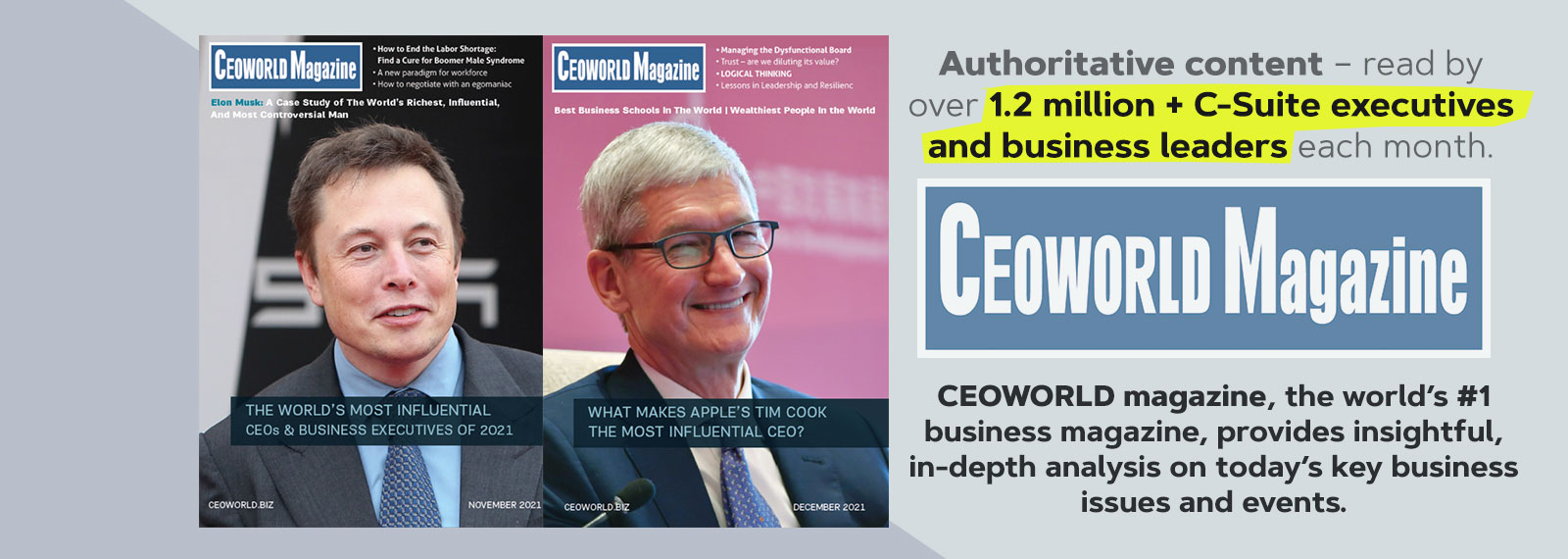

What entrepreneurs need for better problem-solving and superior solutions
source link: https://ceoworld.biz/2023/01/30/what-entrepreneurs-need-for-better-problem-solving-and-superior-solutions/
Go to the source link to view the article. You can view the picture content, updated content and better typesetting reading experience. If the link is broken, please click the button below to view the snapshot at that time.

What entrepreneurs need for better problem-solving and superior solutions

Entrepreneurialism is first and foremost about creative problem solving. No matter how great your technology or idea, if it doesn’t solve an important problem for enough people, you have little chance for success. Still, most innovators are too eager to jump on a solution before they fully analyze and frame the problem.
In the second edition of their pivotal book, Designed-Centered Entrepreneurship, authors and innovation thought leaders Min Basadur, Michel Goldsby, and Rob Mathews, share fact-finding strategies that allow entrepreneurs to uncover information leading to better problem definition and superior solutions. Supported by extensive research and field-testing, they offer expert methods for doing a deep dive into as many potentially relevant facts as possible, approaching the problem with an openness to new information that challenges preconceived perspectives, soliciting a variety of viewpoints, and more.
The three distinguished entrepreneurship experts, all who are academics and one, Min Basadur, who is founder of a consulting business, share how to overcome the odds faced with creating and bringing a breakthrough product or service to market. The book reads like a detailed “how to,” providing invaluable advice on everything from why it’s important to resist grabbing and running with an apparent solution, to what immersive strategies are needed to undertake a deep investigation into the problem space of a market.
Punctuated with a number of on-the-ground examples that illuminate key points, the authors reveal the many strategies that will move entrepreneurs from making assumptions about markets, customers, and competitors to making informed decisions and taking strategic actions.
For example, to describe their concept of a common mistake they dub: “great product, no market,” they share this scenario:
“A consumer products company wanted to expand from retail into the institutional market. Market research indicated that the size and number of hospitals and schools afforded great opportunities for revenue growth. The plan was to approach this new market with the same routine used many times in retail: Make a superior product, promote it like crazy and watch the customers pour in. The company began a project to offer a better disinfecting and cleaning product than was currently used. Its testing showed that all current competitor products provided only marginal cleaning but passed the government laboratory germ killing tests. The solution was to produce a product that was both a cleaner and a disinfectant that killed germs much better.
“After two years of intensive effort, the R&D department completed the project and a breakthrough, patentable formula was finally achieved. Field testing proved the new product killed germs significantly better than competitors’ because it unearthed tough-to-reach germs. The company was eager to unveil the new product to customers who surely would be excited by its breakthrough performance.
“When the product went to test market, the company was unable to sell even a gallon. As it turned out, purchasing administrators in hospitals and schools were searching far less for improved cleaning and disinfecting than they were for lower cost. The new product was more than double in price compared to the current product. Their current products were satisfactory in performance (no one was complaining) and purchasing decisions were made on price and service. So, the team had devoted two years on a great solution to a non-existing problem.”
The authors go on to share seven strategies to employ during fact finding to avoid the “great product, no market” debacle.
This second edition of Design-Centered Entrepreneurship has been updated to include social entrepreneurship, additional international examples, and enhanced support materials. Digital supplements include a virtual creative problem-solving profile, slides, and an instructor manual.
Design-Centered Entrepreneurship enables entrepreneurs to fill in the missing piece that transforms opportunity recognition into a viable business concept. It demonstrates how the greatest discoveries occur when someone seeks answers others aren’t willing to pursue. To learn more, visit https://elprofile.com.
Written by Ladys Patino.
Have you read?
Developing a Business Coalition to Bolster Your Local Community by Jane Marsh.
Accelerating energy transition with human centricity by Dr. Lance Mortlock.
4 Things Investors Look for in Company Leaders by Alexander Dillon.
What CEOs Need to Know About Leveraging Webinars for Marketing.
Follow CEOWORLD magazine headlines on: Google News, LinkedIn, Twitter, and Facebook.
Thank you for supporting our journalism. Subscribe here.
For media queries, please contact: [email protected]
CEOWORLD magazine - Top Stories - Big Picture - What entrepreneurs need for better problem-solving and superior solutions
Recommend
About Joyk
Aggregate valuable and interesting links.
Joyk means Joy of geeK
